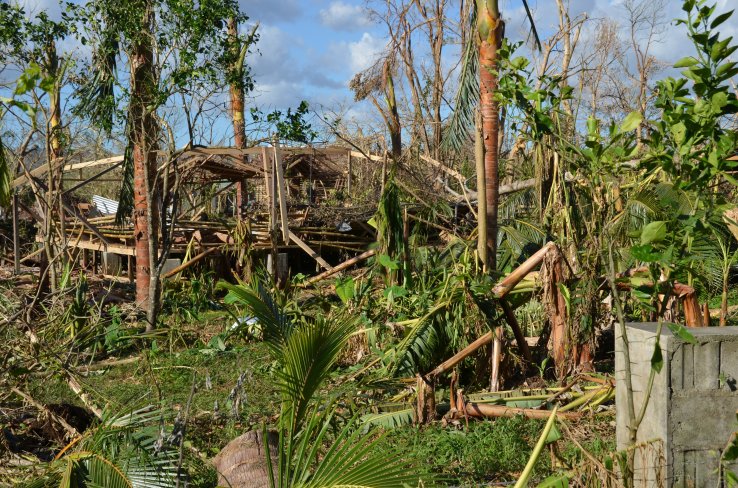Apr 21, 2015
WhatsApp can provide free messaging service to Indian users because its entry costs are negligible. It ‘free rides’ over the existing telecom pipes accumulating users, which in turn generate valuable and potential advertising revenue for it.
The 1857 Indian revolt (aka the Indian Mutiny) was sparked by a perception, circulated widely in an organised, albeit ingenious manner, that the British were secretly trying to subvert the religious beliefs of Hindu and Muslim soldiers. Once the perception took hold, it was the lightening rod which channeled grievances against the British Raj, accumulated over 100 years, into horrendous violence on both sides. To the credit of the Raj, it also resulted in improved governance practices and objectives.
Almost 158 years later, a similar event happened in India last week. Young, upwardly mobile, Netizens-citizens who live through the Internet revolted online. The cause was a perceived, veiled attack by the Telecom Regulatory Authority of India (Trai) on the principle of “Net Neutrality”, concealed in its consultation paper on regulating over the top (OTT) services.
A hilarious video by All India Bakchod, lampooning the “evil” telecommunication companies (telcos) and the telecom regulator, making the former out to be money-grabbing machines and the latter a bumbling collaborator, went viral.





















